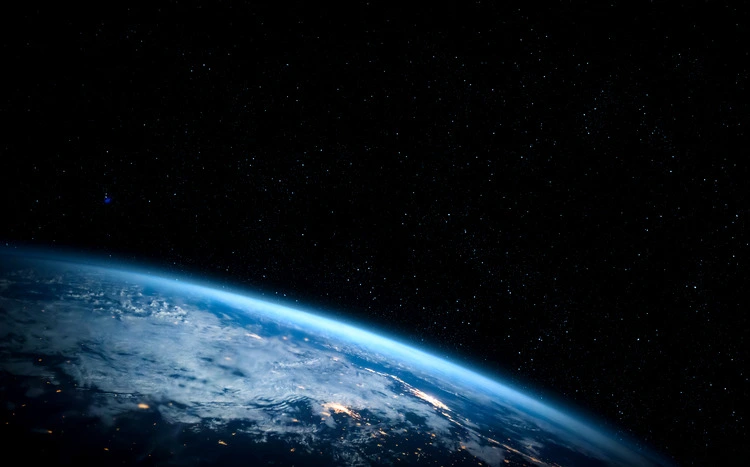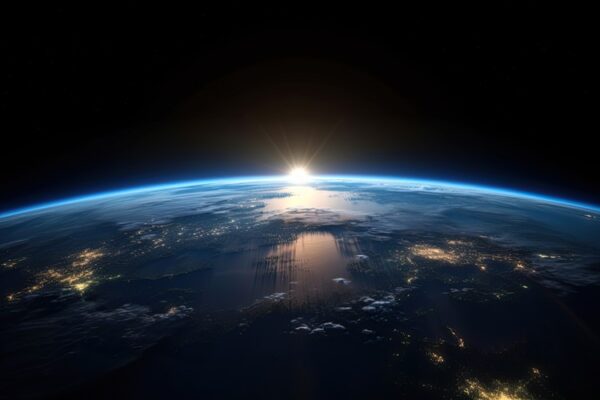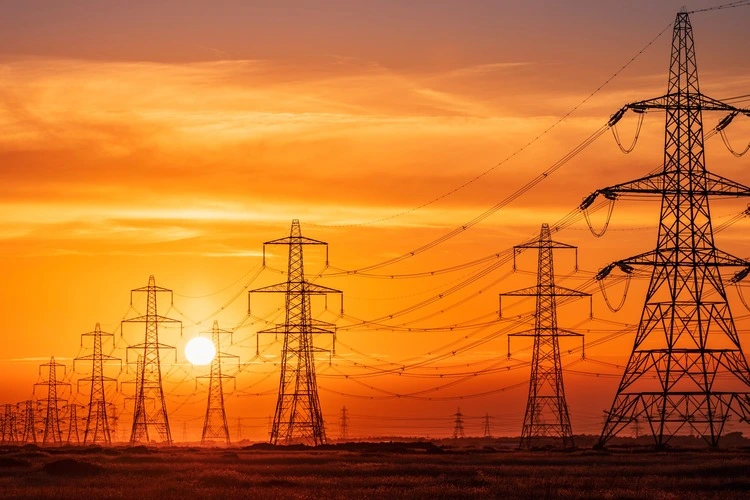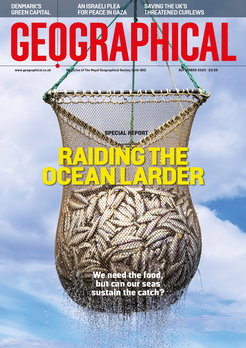
Marco Magrini looks at some pioneering solar power research using the mineral perovskite
Climatewatch
What if solar panels were thin, light, foldable and a lot cheaper to make? The answer is easy: they would be deployed worldwide on a vast scale.
A group of British and Chinese researchers appear to have solved the problem with perovskite, a mineral with great semiconducting properties that’s plagued by its own sensitivity to moisture. By simply adding an organometallic compound to a perovskite solar cell, the researchers increased its efficiency to 24.3 per cent and, crucially, its stability. They now argue that film-like perovskite cells are almost ready for commercialisation. However, only time will tell if their capacity is lasting enough.
And what if new materials were capable of storing solar energy and releasing it when the sun has set? This would solve the problem with our star’s intermittency and a Solar Age would rise, at last.
A few years ago, researchers at Chalmers University in Sweden developed a technology called Molecular Solar Thermal Energy Storage (MOST). In a nutshell, they designed a molecule that changes shape when in contact with light and which then chemically stores its energy and releases it on demand. In a recent paper, the team announced that by connecting such a system to a thermoelectric generator, they managed to produce electricity. They even succeeded in sending the molecule to colleagues in Shanghai, where the loaded energy was released – Swedish sunshine being turned into Chinese electricity.
More climatewatch columns
Perovskites could still be some way from becoming mainstream and MOST technology even more so. But they confirm that solar energy is the way to go. According to some estimates, this year the Earth breached one terawatt of installed solar capacity: a significant milestone, but also just a droplet of the colossal flow of energy pouring from the sun.
According to the Kardashev Scale, devised during the 1960s by the eponymous Soviet astronomer, a Type I civilisation can harness all of the energy coming from its star; a Type II can directly consume all of the energy of its star; a Type III can rely on the energy of its entire galaxy. In other words, we’re still a Type 0 civilisation.
If, in our turbulent times, we can’t trust the climate vows made by the world’s governments in Glasgow only a few months ago, we can still hope that a string of scientific breakthroughs will upgrade our civilisation status. For in the sun we trust.








